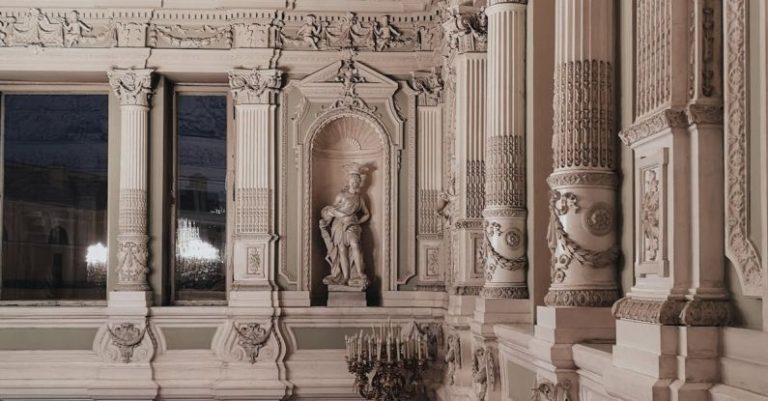Revolutionizing Roof Designs with Composite Materials
In the ever-evolving world of architecture and construction, innovation plays a crucial role in shaping the landscape of design. One area that has seen significant advancements in recent years is the use of composite materials in roofing. Traditional roofing materials like asphalt shingles and metal have long been the norm, but composite materials are changing the game with their durability, versatility, and aesthetic appeal. Let’s delve into how composite materials are revolutionizing roof designs and paving the way for a new era in architecture.
The Rise of Composite Materials in Roofing
Composite materials are engineered materials made from two or more constituent materials with significantly different physical or chemical properties. These materials are designed to combine the best characteristics of each component, resulting in a final product that outperforms traditional materials in various aspects. In the roofing industry, composite materials have gained popularity due to their superior strength, lightweight nature, and resistance to weathering and corrosion.
Enhanced Durability and Longevity
One of the key advantages of using composite materials in roofing is their exceptional durability. Unlike traditional materials that may deteriorate over time due to exposure to the elements, composite materials are designed to withstand harsh weather conditions, UV radiation, and temperature fluctuations without compromising their structural integrity. This enhanced durability translates to a longer lifespan for roofs, reducing the need for frequent repairs and replacements.
Versatility in Design
Composite materials offer architects and designers a wide range of options when it comes to creating unique and visually appealing roof designs. These materials can be molded into various shapes and sizes, allowing for the creation of complex and intricate roof structures that were once difficult to achieve with traditional materials. Whether it’s mimicking the look of natural materials like wood or slate or experimenting with bold and futuristic designs, composite materials provide endless possibilities for creativity and customization.
Lightweight Construction
Another significant benefit of using composite materials in roofing is their lightweight nature. Traditional roofing materials like concrete and clay tiles can be heavy and cumbersome to install, requiring additional structural support to bear the weight. In contrast, composite materials are lightweight yet incredibly strong, making them easier to handle and install. This not only simplifies the construction process but also reduces the overall load on the building, potentially leading to cost savings in terms of structural requirements.
Sustainability and Environmental Impact
As the world shifts towards more sustainable building practices, the use of composite materials in roofing offers environmental benefits that cannot be ignored. Many composite materials are made from recycled or renewable sources, reducing the reliance on finite resources and minimizing waste. Additionally, the energy-efficient properties of composite materials can help improve a building’s overall energy performance, contributing to lower carbon emissions and reduced environmental impact.
Aesthetic Appeal and Customization
Beyond their functional benefits, composite materials also excel in terms of aesthetic appeal and customization. These materials can be produced in a wide range of colors, textures, and finishes, allowing designers to create roofs that complement the overall architectural style of a building. Whether it’s achieving a sleek modern look with smooth, uniform panels or adding depth and character with textured or patterned materials, composite roofing opens up a world of possibilities for enhancing the visual impact of a structure.
Embracing the Future of Roof Design
In conclusion, the integration of composite materials in roofing represents a significant step forward in the evolution of architectural design. From enhanced durability and versatility to sustainability and aesthetic appeal, composite materials offer a multitude of benefits that are reshaping the way roofs are designed and constructed. As architects, designers, and builders continue to push the boundaries of innovation, composite materials will undoubtedly play a central role in shaping the future of roof design, ushering in a new era of creativity and sustainability in the built environment.






